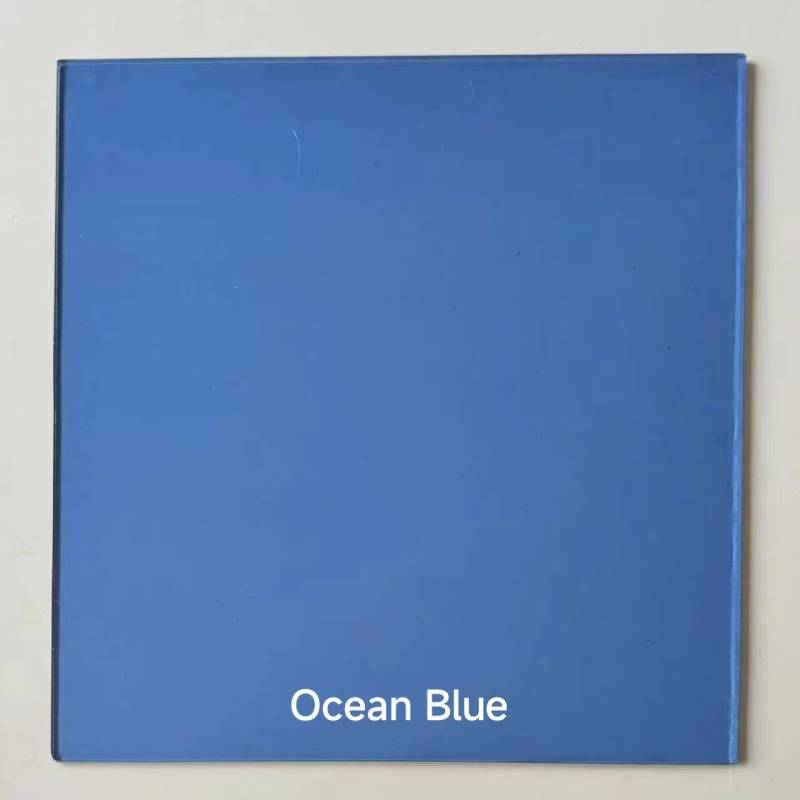

The Versatility and Benefits of Tempered Glass
Tempered glass, also known as toughened glass, is a remarkable material that has gained popularity across various industries due to its strength, safety, and aesthetic appeal. Unlike regular glass, tempered glass is processed through controlled thermal or chemical treatments to increase its strength. It is designed to withstand high pressure and extreme temperature changes, making it an ideal choice for various applications ranging from architecture to automotive uses.
One of the primary advantages of tempered glass is its enhanced strength. The tempering process involves heating the glass to incredibly high temperatures and then rapidly cooling it. This heat treatment alters the internal structure of the glass, creating a state of compressive stress that significantly increases its strength compared to standard annealed glass. This characteristic allows tempered glass to resist impacts and mechanical stresses, making it suitable for environments where safety is a concern.
The Versatility and Benefits of Tempered Glass
Another crucial benefit of tempered glass is its safety feature. When broken, tempered glass shatters into small, blunt pieces rather than sharp shards, minimizing the risk of injury. This safety characteristic makes it a preferred choice for public buildings, such as schools, hospitals, and shopping malls, where large glass installations could pose a hazard. Additionally, many building codes require the use of tempered glass for certain areas, especially those exposed to high foot traffic or impact.

In the automotive industry, tempered glass is indispensable. It is commonly used for side and rear windows in vehicles due to its strength, lightweight nature, and safety features. Like architectural applications, the requirement for safety is paramount in automobiles. Tempered glass not only enhances the vehicle’s resistance to breakage but also provides passengers with protection from the elements and road debris.
Furthermore, tempered glass has made a significant impact in appliance manufacturing. Many modern appliances, from ovens to refrigerators, utilize tempered glass due to its ability to handle high temperatures and resist thermal shock. This ensures durability and longevity, which is essential in appliances that function under variable conditions.
The versatility of tempered glass extends to the furniture sector as well. Glass tabletops, shelves, and decorative pieces made from tempered glass add elegance and modernity to homes and offices. Its strength allows it to support weight while maintaining a chic appearance, blending seamlessly with various interior design styles.
Moreover, tempered glass is also popular for use in display cases, where the combination of beauty and security is paramount. Retail establishments often use tempered glass to showcase products while protecting them from theft and damage, ensuring safety for both customers and merchandise.
In conclusion, tempered glass is a multifaceted material that offers numerous benefits across various sectors. Its strength, safety, thermal resistance, and aesthetic appeal make it an essential choice for both functional and decorative applications. As technology advances and the demand for innovative materials grows, tempered glass will undoubtedly continue to play a significant role in shaping our environments, enhancing safety, and redefining design. Its versatility ensures that it remains a staple in modern architecture, automotive engineering, and many other industries for years to come.